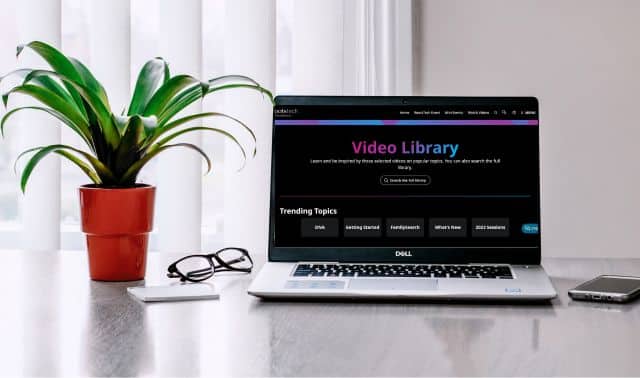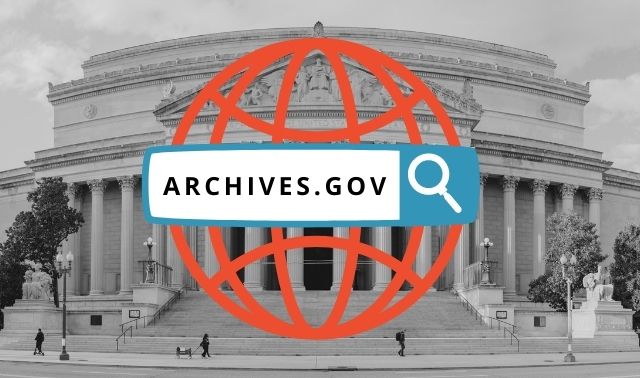Sign up for the Family Tree Newsletter Plus, you’ll receive our 10 Essential Genealogy Research Forms PDF as a special thank you!
Get Your Free Genealogy Forms
"*" indicates required fields
A. Waiting is difficult, especially when family history information is at stake. But try to be patient. The FHL’s $5 microfilm borrowing fee covers only its shipping and copying costs. Plus, even a four- to six-week turnaround might beat the alternative of traveling to a far-off archive or foraging in a dusty basement to track down the record yourself. (FHL books usually don’t circulate; see below for suggestions on getting the information you need.)
Still, you may be able to get your hands on records sooner. Try these options:
- Carefully evaluate your list, perhaps with help from an FHC volunteer, and re-examine the FHL catalog listing for each item. You may be able to eliminate some books or films that have identical information or don’t cover the right place and time. Prioritize what’s left and request the most promising recources first.
- If you need only a few pages from a book or a few frames of microfilm, you can request photocopies from the FHL for $2 each. Use the library’s Request for Photocopies form. To learn more, go to FamilySearch and click Family History Library, then Services.
- Search the catalog of your local public library—it may have copies of the film and books on your list. Try university and historical society libraries, too.
- Search catalogs of other large public libraries, such as Indiana’s Allen County Public Library. When you find a match, record the catalog listing information and take it to your library. A librarian may be able to request the book or film through Interlibrary Loan.
- Look in the FHL catalog Notes field to see where the item came from. The FHL may have copied its film from another repository’s film, or sent workers to microfilm documents at a courthouse or state archives. You may be able to access the film or records you need at the original institution.
- See whether another online database or printed book has the index, digitized book or record image you need. See Family Tree Magazine’s 101 Best Websites list or use the resources described in the Family Tree Essentials CD (available in Family Tree Shop). FHC staff or a genealogy librarian also may be able to recommend resources.
Keep several irons in your research fire so you can stay busy if you have to wait for microfilm. Check your to-do list to see what else you can accomplish—maybe there’s another record to search for or a cemetery to visit. Read up on local history and create a timeline of events in your relatives’ lives. Consider starting research on a sibling or another family branch. The film will arrive before you know it.
ADVERTISEMENT




